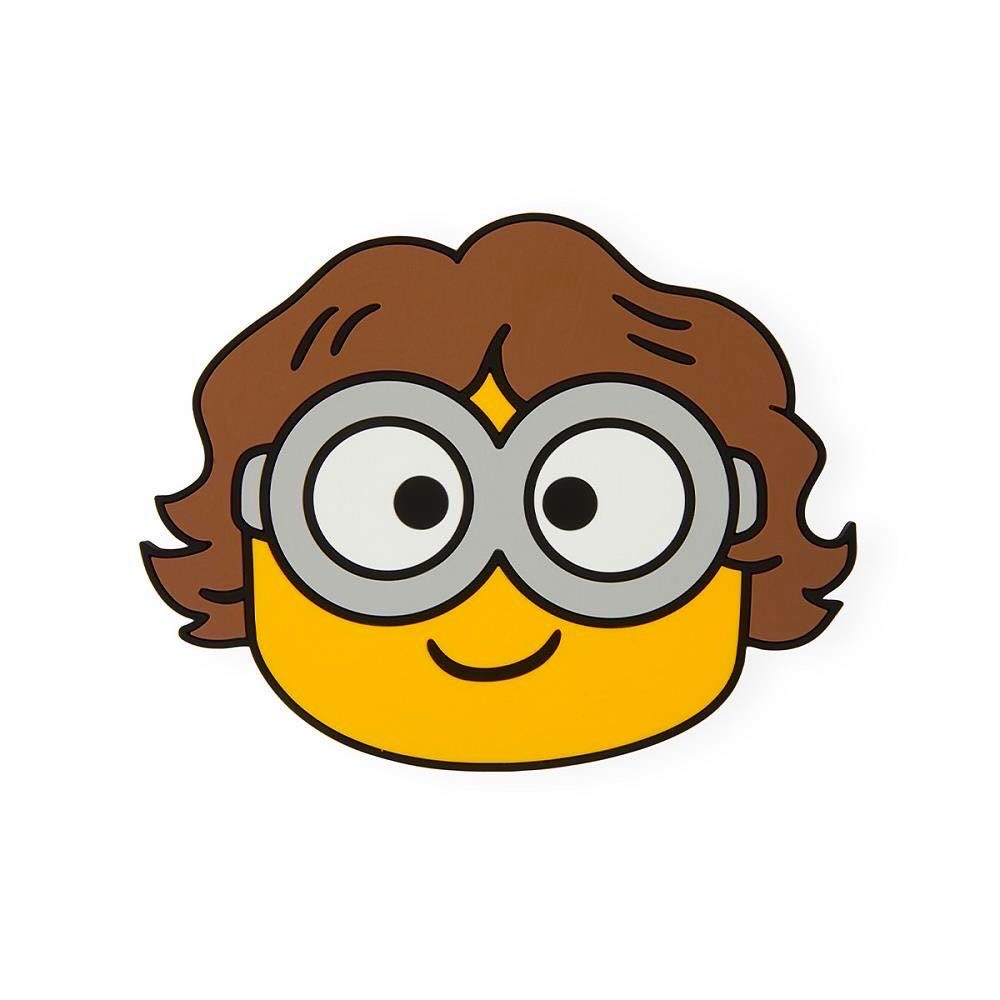1
2
3
4
5
6
7
8
9
10
11
12
13
14
15
16
17
18
19
20
21
22
23
24
25
26
27
28
29
30
31
32
33
34
35
36
37
38
39
40
41
42
43
44
45
46
47
48
49
50
51
52
53
54
55
56
57
58
59
60
61
62
63
64
65
66
67
68
69
70
71
72
73
74
75
76
77
78
79
80
81
82
83
84
85
86
87
88
89
90
91
92
93
94
95
96
97
98
99
100
101
102
103
104
105
106
107
108
109
110
111
112
113
114
115
116
117
118
119
120
121
122
123
124
|
fileprivate func doneActionWithSelectedIndex(selectedIndex: NSInteger) {
isOnScreen = false
UIView.animate(withDuration: FT.DefaultAnimationDuration) {
self.popOverMenuView.alpha = 0
self.backgroundView.alpha = 0
self.popOverMenuView.transform = CGAffineTransform(scaleX: 0.1, y: 0.1)
} completion: { [unowned self] _ in
self.backgroundView.removeFromSuperview()
if selectedIndex < 0 {
self.cancel?()
self.cancel = nil
} else {
self.done?(selectedIndex)
self.done = nil
}
}
}
func getBackgroundPath(arrowPoint: CGPoint) -> UIBezierPath {
let viewWidth = bounds.size.width
let viewHeight = bounds.size.height
let radius: CGFloat = configuration.cornerRadius
let path: UIBezierPath = UIBezierPath()
path.lineJoinStyle = .round
path.lineCapStyle = .round
if arrowDirection == .up {
path.move(to: CGPoint(x: arrowPoint.x - FT.DefaultMenuArrowWidth, y: FT.DefaultMenuArrowHeight))
let aDealta = FT.DefaultArrowCornerRadius * FT.DefaultMenuArrowHeight / sqrt(pow(FT.DefaultMenuArrowHeight, 2) + pow(FT.DefaultMenuArrowWidth, 2))
let ax = arrowPoint.x - aDealta
let ay = FT.DefaultMenuArrowHeight * aDealta / FT.DefaultMenuArrowWidth
path.addLine(to: CGPoint(x: ax, y: ay))
let degree = .pi - 2 * atan(FT.DefaultMenuArrowWidth / FT.DefaultMenuArrowHeight)
let degreeDelta = (.pi - degree) / 2
let startAngle = -.pi + degreeDelta
let endAngle = startAngle + degree
path.addArc(withCenter: CGPoint(x: arrowPoint.x, y: ay + pow(aDealta, 2) / ay),
radius: FT.DefaultArrowCornerRadius,
startAngle: startAngle,
endAngle: endAngle,
clockwise: true)
path.addLine(to: CGPoint(x: arrowPoint.x + FT.DefaultMenuArrowWidth, y: FT.DefaultMenuArrowHeight))
path.addLine(to: CGPoint(x: viewWidth - radius, y: FT.DefaultMenuArrowHeight))
path.addArc(withCenter: CGPoint(x: viewWidth - radius, y: FT.DefaultMenuArrowHeight + radius),
radius: radius,
startAngle: .pi / 2 * 3,
endAngle: 0,
clockwise: true)
path.addLine(to: CGPoint(x: viewWidth, y: viewHeight - radius))
path.addArc(withCenter: CGPoint(x: viewWidth - radius, y: viewHeight - radius),
radius: radius,
startAngle: 0,
endAngle: .pi / 2,
clockwise: true)
path.addLine(to: CGPoint(x: radius, y: viewHeight))
path.addArc(withCenter: CGPoint(x: radius, y: viewHeight - radius),
radius: radius,
startAngle: .pi / 2,
endAngle: .pi,
clockwise: true)
path.addLine(to: CGPoint(x: 0, y: FT.DefaultMenuArrowHeight + radius))
path.addArc(withCenter: CGPoint(x: radius, y: FT.DefaultMenuArrowHeight + radius),
radius: radius,
startAngle: .pi,
endAngle: .pi / 2 * 3,
clockwise: true)
path.close()
} else {
path.move(to: CGPoint(x: arrowPoint.x - FT.DefaultMenuArrowWidth, y: viewHeight - FT.DefaultMenuArrowHeight))
let aDealta = FT.DefaultArrowCornerRadius * FT.DefaultMenuArrowHeight / sqrt(pow(FT.DefaultMenuArrowHeight, 2) + pow(FT.DefaultMenuArrowWidth, 2))
let bDealta = FT.DefaultMenuArrowHeight * aDealta / FT.DefaultMenuArrowWidth
let ax = arrowPoint.x - aDealta
let ay = viewHeight - bDealta
path.addLine(to: CGPoint(x: ax, y: ay))
let degree = .pi - 2 * atan(FT.DefaultMenuArrowWidth / FT.DefaultMenuArrowHeight)
let degreeDelta = (.pi - degree) / 2
let startAngle = .pi - degreeDelta
let endAngle = startAngle - degree
path.addArc(withCenter: CGPoint(x: arrowPoint.x, y: ay - pow(aDealta, 2) / bDealta),
radius: FT.DefaultArrowCornerRadius,
startAngle: startAngle,
endAngle: endAngle,
clockwise: false)
path.addLine(to: CGPoint(x: arrowPoint.x + FT.DefaultMenuArrowWidth, y: viewHeight - FT.DefaultMenuArrowHeight))
path.addLine(to: CGPoint(x: viewWidth - radius, y: viewHeight - FT.DefaultMenuArrowHeight))
path.addArc(withCenter: CGPoint(x: viewWidth - radius, y: viewHeight - FT.DefaultMenuArrowHeight - radius),
radius: radius,
startAngle: .pi / 2,
endAngle: 0,
clockwise: false)
path.addLine(to: CGPoint(x: viewWidth, y: radius))
path.addArc(withCenter: CGPoint(x: viewWidth - radius, y: radius),
radius: radius,
startAngle: 0,
endAngle: .pi / 2 * 3,
clockwise: false)
path.addLine(to: CGPoint(x: radius, y: 0))
path.addArc(withCenter: CGPoint(x: radius, y: radius),
radius: radius,
startAngle: .pi / 2 * 3,
endAngle: .pi,
clockwise: false)
path.addLine(to: CGPoint(x: 0, y: viewHeight - FT.DefaultMenuArrowHeight - radius))
path.addArc(withCenter: CGPoint(x: radius, y: viewHeight - FT.DefaultMenuArrowHeight - radius),
radius: radius,
startAngle: .pi,
endAngle: .pi / 2,
clockwise: false)
path.close()
}
return path
}
}
|


